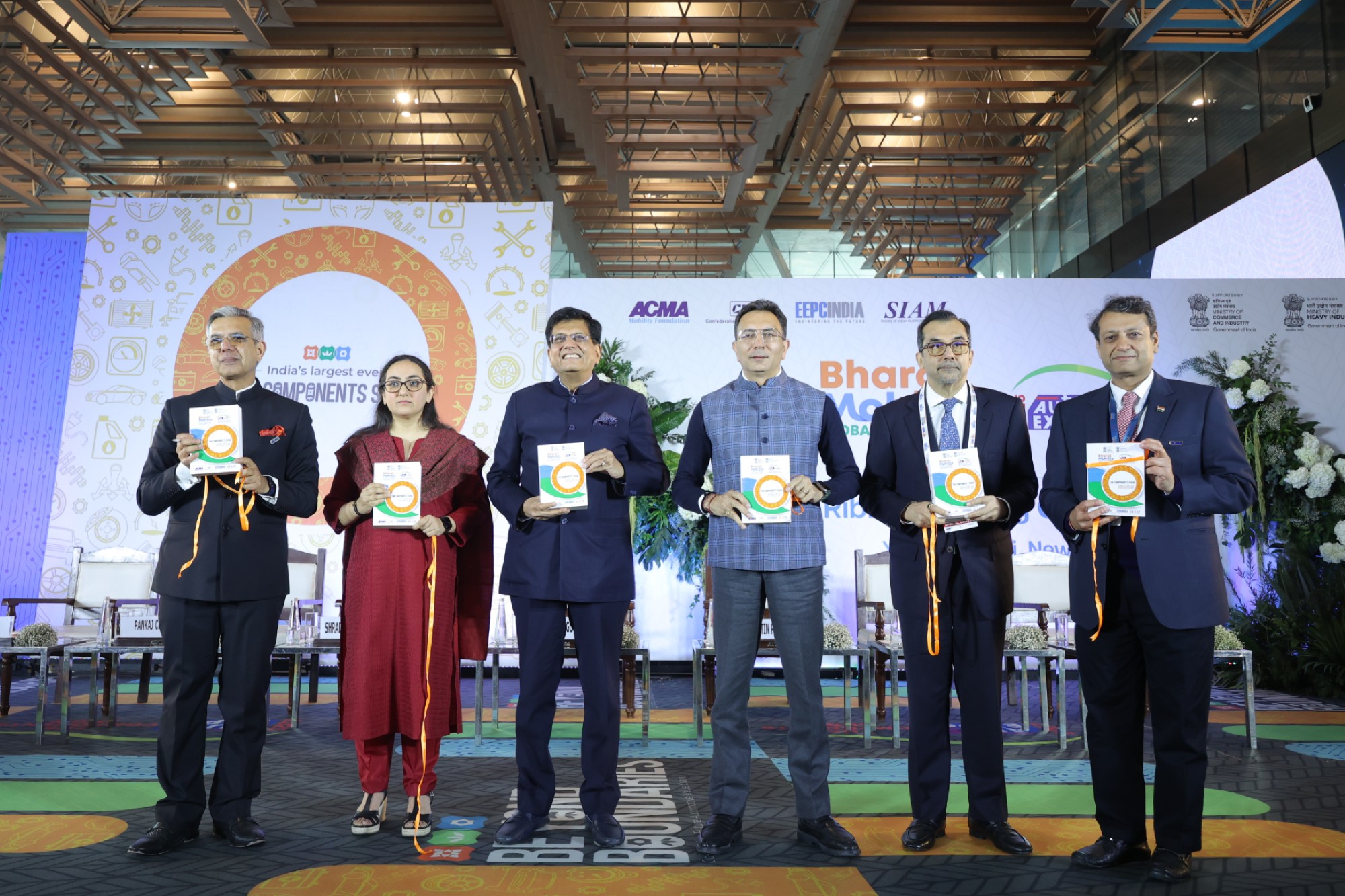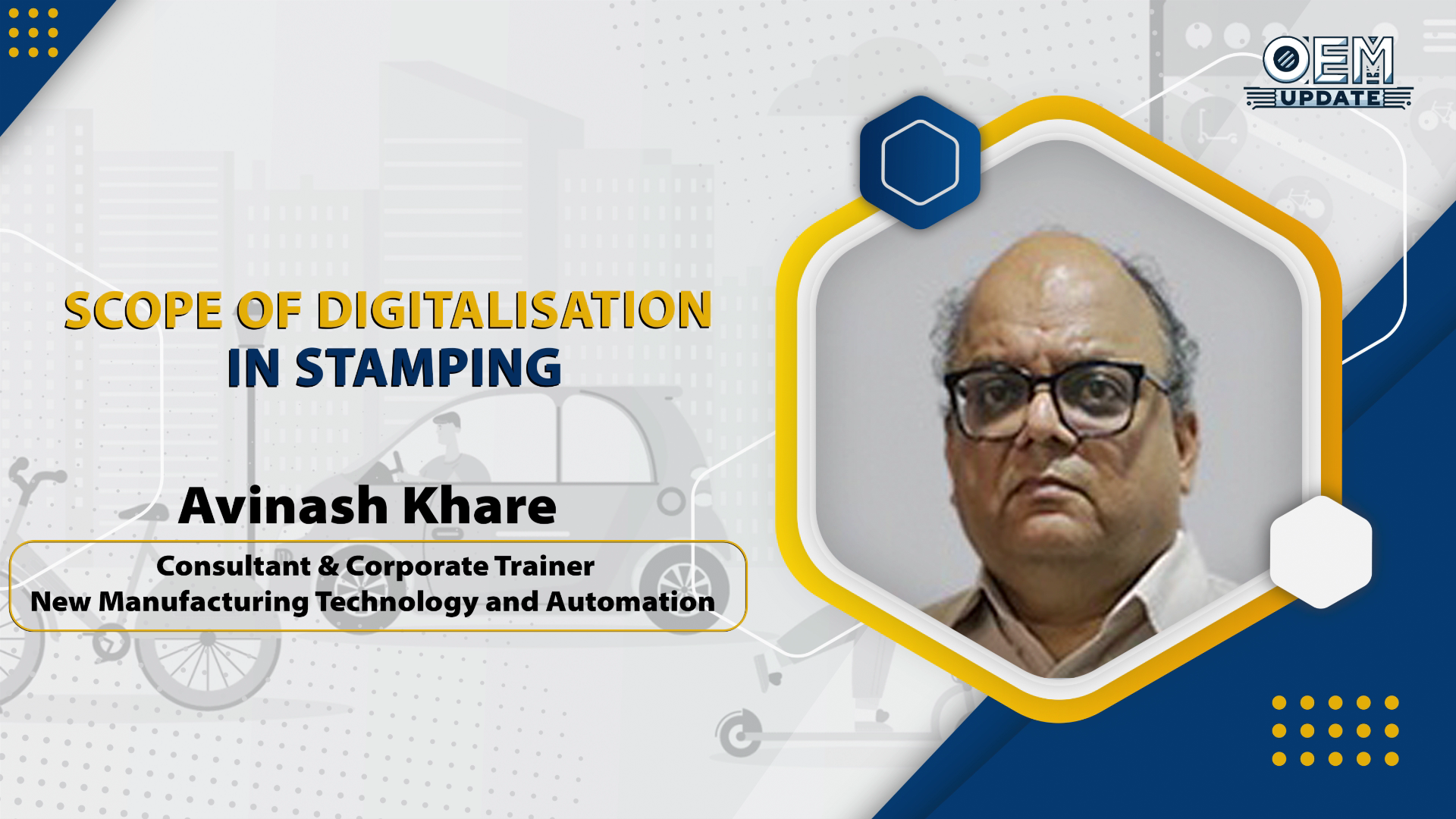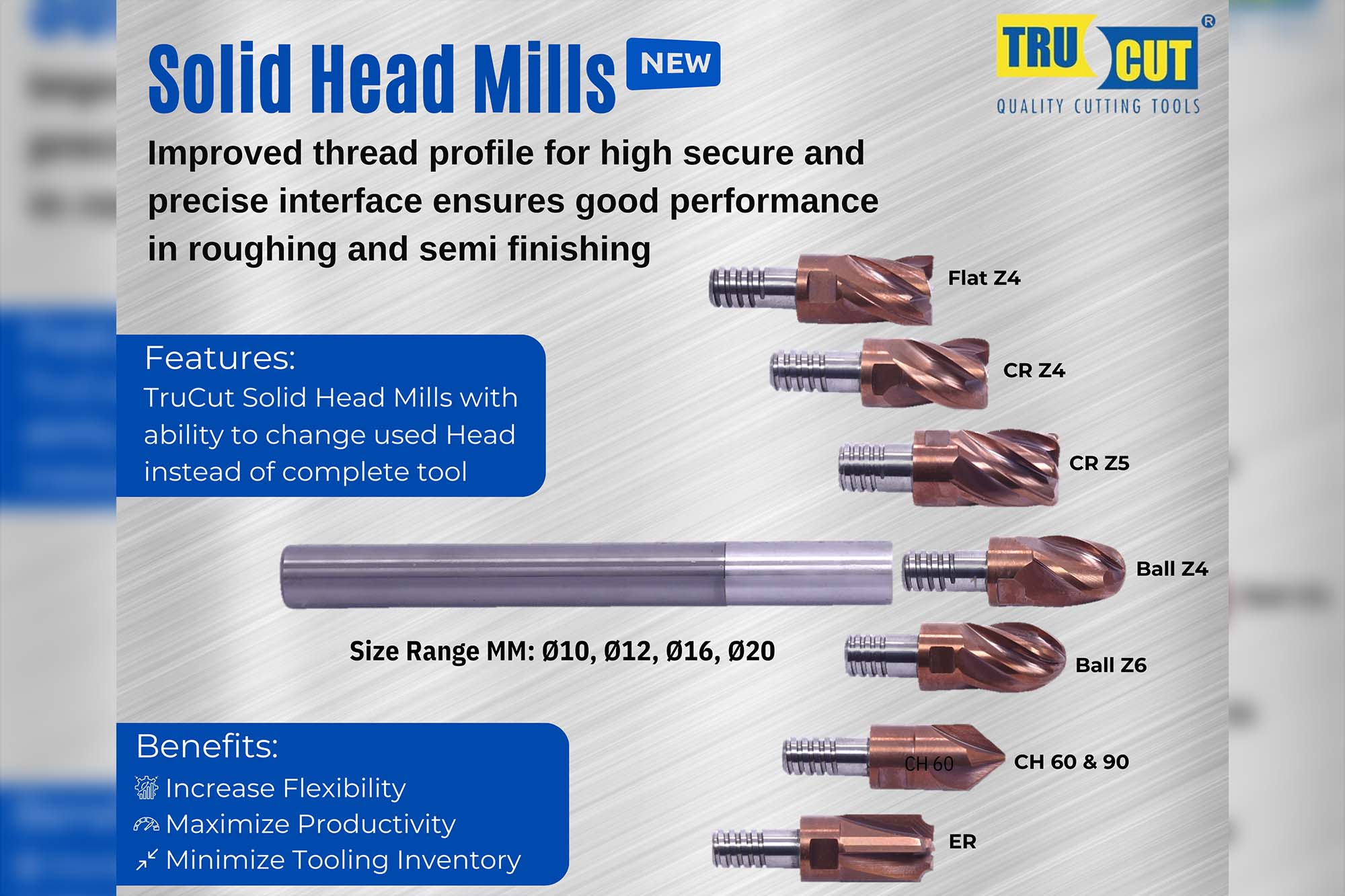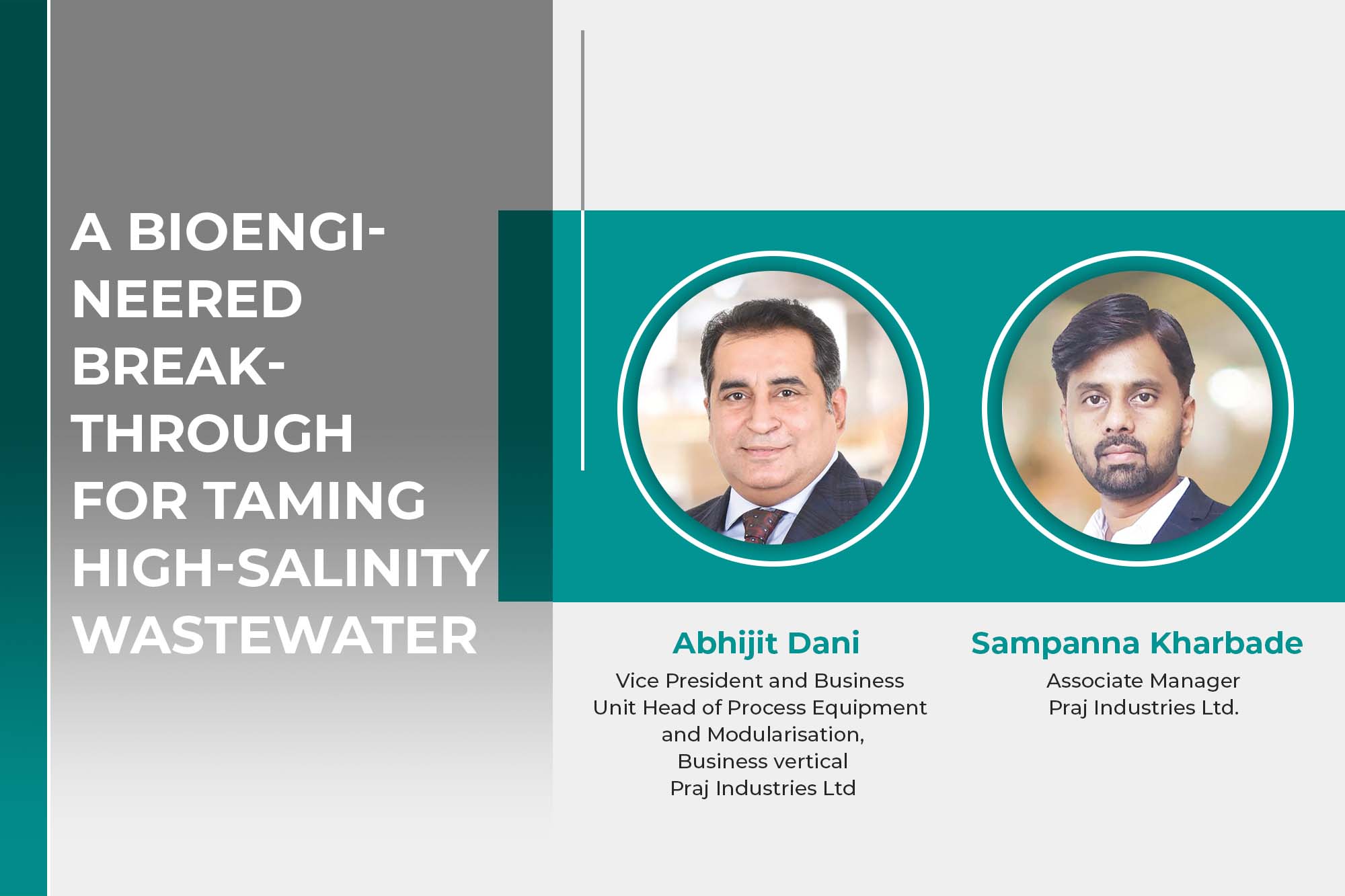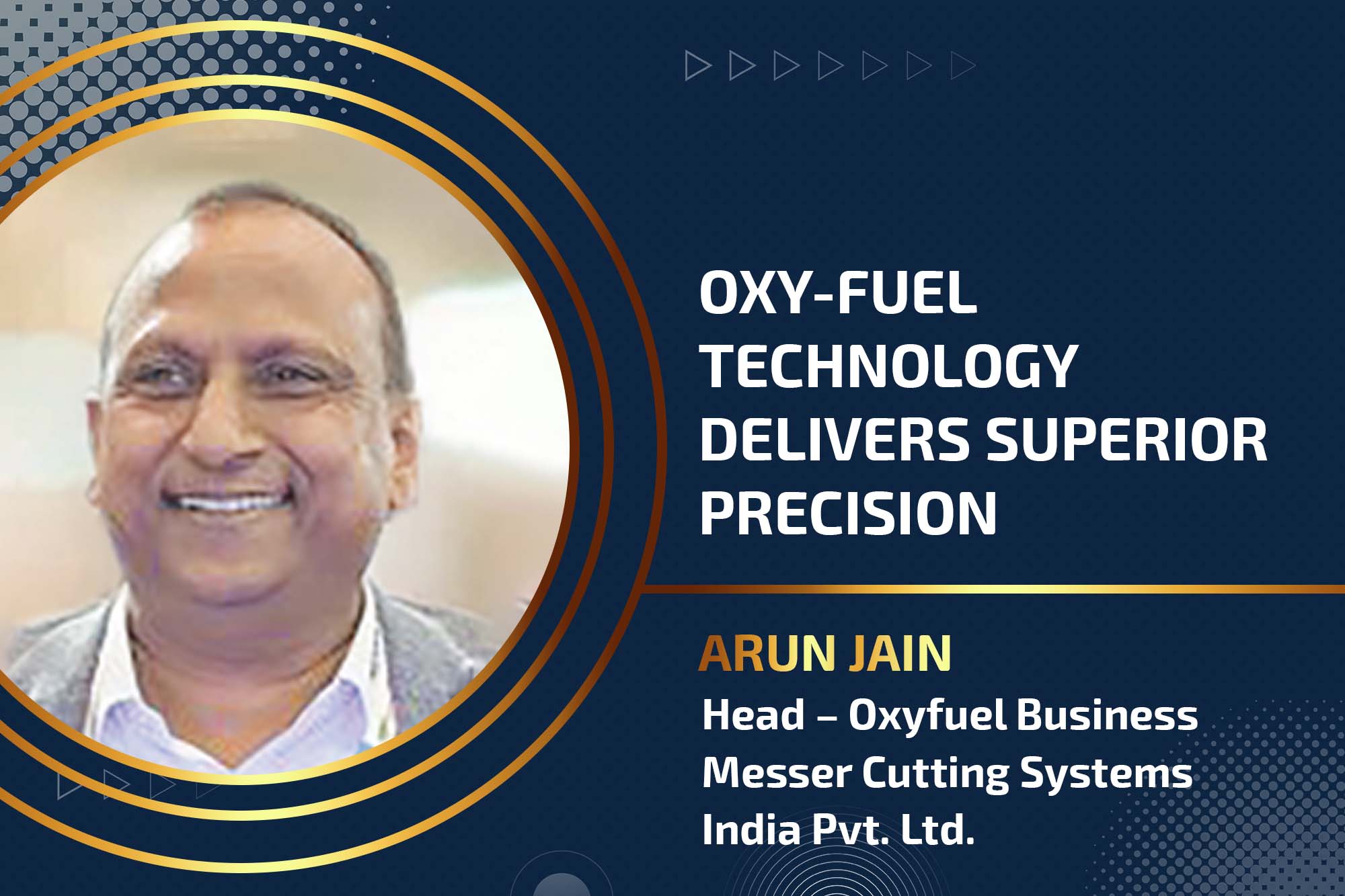New era in die mould with Mitsubishi Electric CNC
By admin April 29, 2015 5:36 pm IST
Mitsubishi Electric CNC products are engineered with cutting edge solutions and technologies to meet the requirement of the precision industries
With the sophisticated technologies Mitsubishi Electric India has developed as a total factory automation manufacturer, we attain advanced machining control and contribute to the highest accuracy and productivity of manufacturing worldwide.
Mitsubishi Electric CNCs change machine tools, machining and manufacturing. As a global CNC provider as well as the best partner, we provide optimum technologies and supports for the users making a step toward the future.
Mitsubishi Electric CNCs create new values in cooperation with the users. Providing prompt responses, solid technologies and user-friendly supports, we continuously improve our after-sales service quality for users in the world so that they choose Mitsubishi Electric CNCs again.
In India high-end technologies, precision engineering and metalworking industries will continue to grow. Fully developed nano-machining technology ensures the highest level of precision and resulting in the need of high performance and automated production facilities will continue to increase.
Mitsubishi Electric CNC products are engineered with cutting edge solutions and technologies to meet the requirement of the precision industries.
Here we discussed on the best surface finishing of the die mould machines. The technology of “SSS” (Super Smooth Surface) control provides an optimal speed control function for machining die mould with smooth surface.Conventional problemAs for the mould machining of three-dimensional shape, the smoothness of the machined surface (surface accuracy) is important. In recent years, even at the case of more than 5m/min feed speeds, the request of high surface accuracy in several μm or less has increased especially. In this case, the quality of instruction shape described in the machining program is often regarded as a problem.
Generally, in CAM to create a machining program, the motion curve of the tool relative to the workpiece is calculated by approximating the minute line segments. Therefore small error is more or less included in the data of minute line segment. For example, as shown in Fig.1, there are many cases like the minute error of the zig-zag shape or the shape of a level difference is contained within the limits of the permissible error (tolerance) on CAM processing, to form the process originally.
In NC, it’s essential to have the process of determining the rate at which moves according to the shape in order to maintain the trajectory accuracy. If some errors are included in the instruction shape, it is difficult to calculate the accurate determination of the appropriate speed movement. Especially in scan line machining, there are some cases that the fluctuation occurred in the trajectory of movement of the machine and scratch streaky occurred in the machined surface when the magnitude of the error contained in the instruction form by path difference.
Cookie Consent
We use cookies to personalize your experience. By continuing to visit this website you agree to our Terms & Conditions, Privacy Policy and Cookie Policy.




